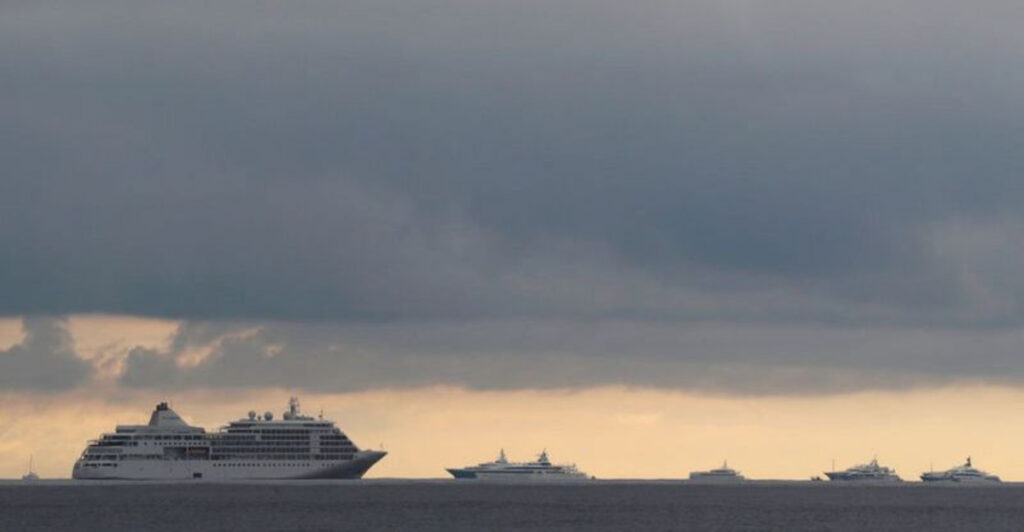In a bold move to preserve its unique charm and delicate ecosystem, a beloved vacation destination has taken a stand against the overwhelming influx of tourists and the towering presence of large cruise ships. This decision marks a significant shift towards sustainable tourism and the protection of local culture and environment.
New Passenger Limits Will Transform How Tourists Visit Cannes
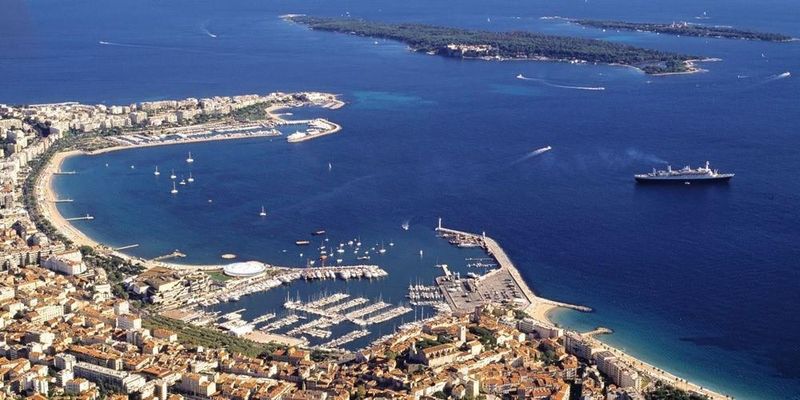
Major changes are coming to how people reach this famous coastal city. Cannes will cap daily passenger arrivals from cruise ships at just 6,000 people, a dramatic reduction from current levels.
Only one large cruise ship will be permitted to dock each day under the new rules. Ships carrying more than 1,000 passengers must transfer their guests to smaller boats before reaching the city.
This passenger transfer system ensures that massive vessels stay further from shore while still allowing tourists to experience Cannes. The city hopes this approach will reduce crowding and environmental impact significantly.
Environmental Concerns Drive the Historic Decision
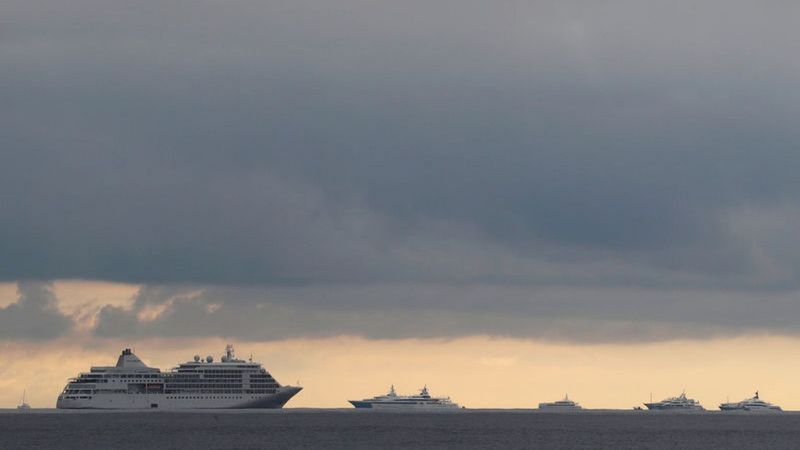
Pollution from massive cruise ships has become a serious problem for Cannes and its beautiful Mediterranean environment. These floating cities produce enormous amounts of waste and emissions that harm local marine life.
Mayor David Lisnard wants to encourage smaller, more modern vessels that use cleaner technology. The goal is protecting the area’s biodiversity while still welcoming tourists who appreciate the natural beauty.
By limiting ship sizes, Cannes joins other European cities fighting against environmental damage from mass tourism. The policy prioritizes long-term environmental health over short-term economic gains from large cruise operations.
Overtourism Statistics Reveal the Scale of the Problem
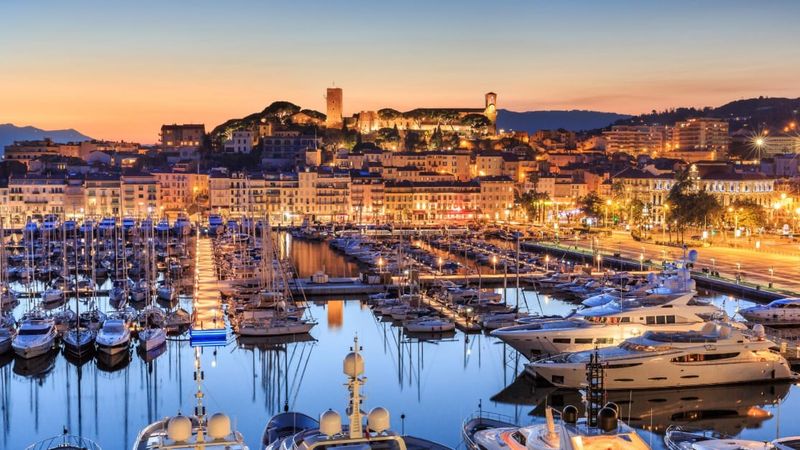
The numbers tell a shocking story about tourism pressure in Cannes. This small city of under 75,000 residents welcomed over 460,000 cruise visitors in 2024 alone.
That means cruise passengers outnumbered local residents by more than six to one during peak season. The massive influx has overwhelmed local infrastructure, from transportation to restaurants and public facilities.
Streets became impossibly crowded, and residents struggled with daily activities when multiple cruise ships arrived simultaneously. The new limits aim to restore balance between tourism benefits and quality of life for people who actually live there.
European Cities Unite Against Mass Cruise Tourism
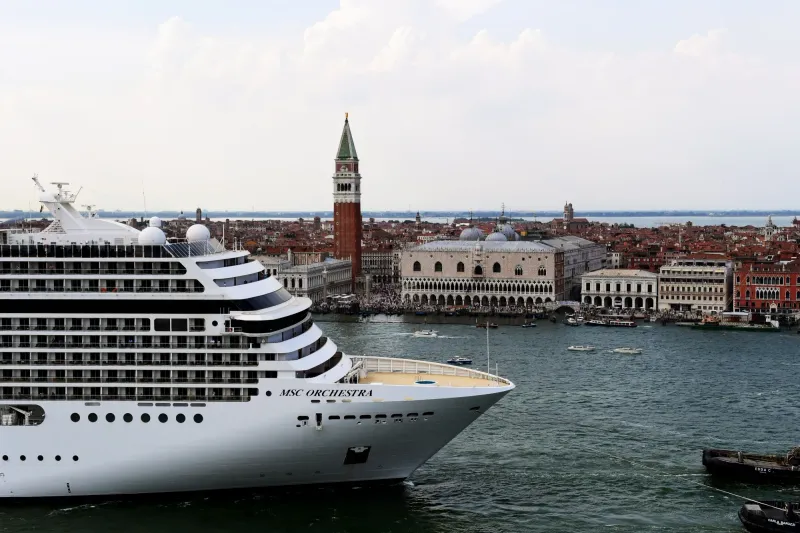
Cannes is not alone in this fight against overwhelming cruise ship tourism. Venice, Barcelona, Amsterdam, and Nice have all implemented similar restrictions on large vessels in recent years.
Nice will ban ships carrying over 900 passengers starting in mid-2025, citing pollution concerns and low economic benefits. Venice has redirected cruise ships away from its historic center entirely.
This growing movement reflects widespread recognition that mass tourism can destroy the very attractions that draw visitors initially. Cities are choosing sustainable tourism models that preserve their character and environment for future generations.
Economic Impact Questions Spark Debate About Tourism Balance
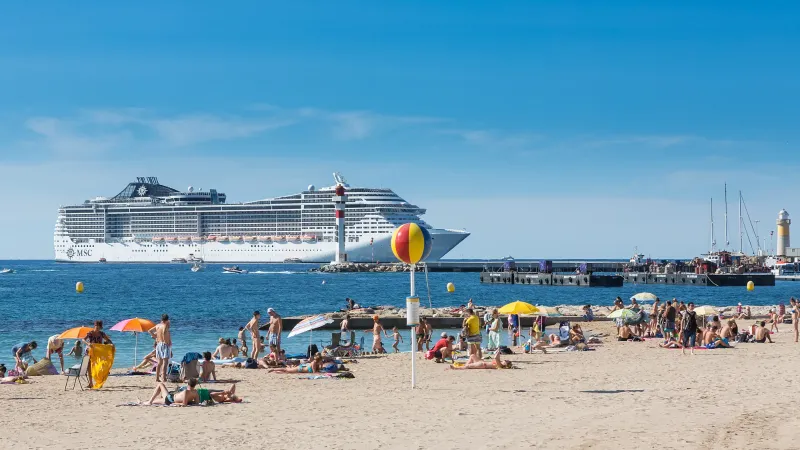
Critics argue that cruise passengers contribute little to local economies compared to other tourists. Most meals and entertainment happen onboard, leaving minimal spending in port cities.
Cruise visitors typically stay only a few hours, rushing through attractions without supporting local businesses meaningfully. Hotel guests and independent travelers tend to spend much more money and time exploring.
However, some business owners worry about losing customers entirely. The city believes attracting smaller ships with more engaged passengers will ultimately prove more profitable than hosting massive vessels with bargain-hunting tourists.

